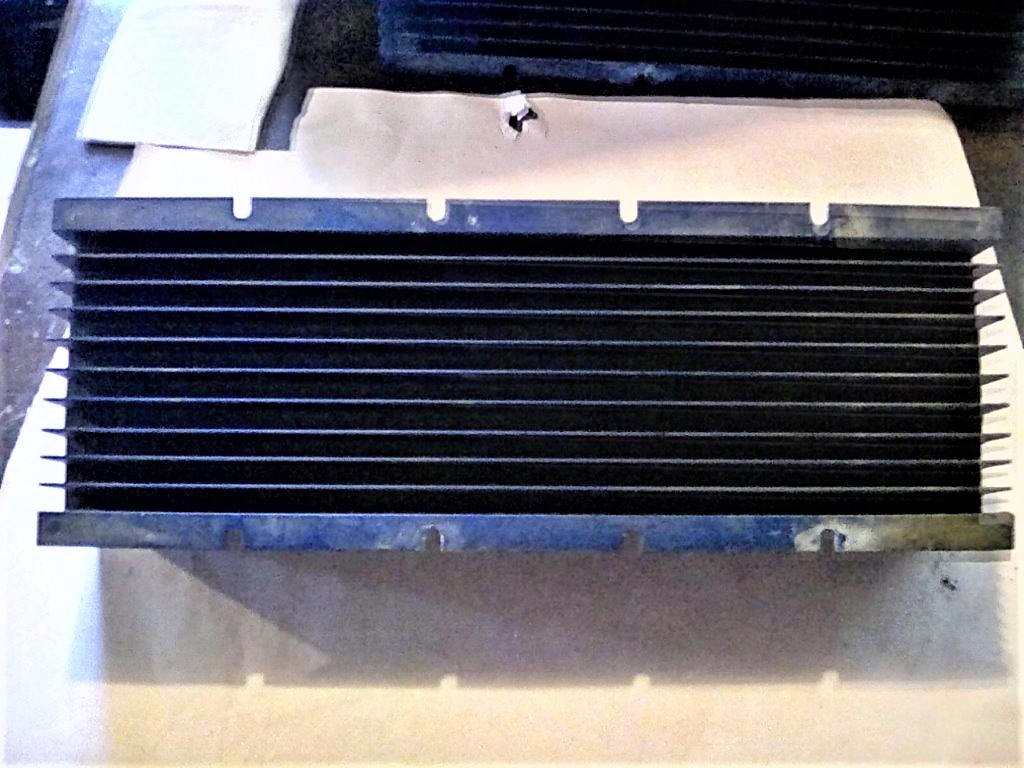

On the flip side, if you are getting solar and/or shore power as well, those sources that make up the slack and charge it to 100%.įor Lithium batteries: A standard isolator will work, but is inefficient.
Smart battery isolator 300 amp full#
This can reduce the battery’s life because a full charge is necessary. In those cases, we’d be charging the battery at a rate that exceeds the battery’s acceptable charging rate.įor AGM batteries: Isolators do not provide a full multi-stage charge to your house battery. Here’s the other thing: smart alternators sometimes push huge current through the isolator. So for Transits, Promasters, and newer Sprinters, isolators won’t charge the house batteries as much as a DC to DC charger. For that reason isolators have minimal extra current they can pass to our house battery. Smart alternators produce minimal extra energy. In short, smart alternators only do as much as necessary to charge the vehicle’s battery, and no more. Isolators are simple devices and don’t function well with newer vehicles with “smart alternators.” Most newer vehicles have implemented smart alternator technology because they improve gas mileage. The isolator diverts energy to your house battery only when the vehicle battery is at an adequate voltage. A “smart VSR isolator” ensures you don’t drain your vehicle battery. The vehicle and house battery are combined into one, but your house battery is “isolated” from the vehicle battery. There are two types of devices you can use to charge from the alternator. Fortunately, most of these stats are displayed on the battery monitor you’ll want to be getting to monitor your battery levels and health.įor 10% off this and any other Renogy item, visit them using our link and promo code.
Smart battery isolator 300 amp Bluetooth#
The only functionality it’s missing is an LCD screen or Bluetooth to display charging levels. This is a good design because the device switches its 50A capacity between whatever charging source is working for you at the moment. Vice versa if you aren’t driving and there is lots of sun, 50A can come in from the solar. This is not mutually exclusive – for example, if there is no solar coming in, then it can pass up to 50A from the alternator. There has been some confusion on the specs, so we confirmed with Renogy. It can function with up to 660W of solar panels (that’s a lot!), and any vehicle alternator. The solar and alternator capabilities of the DCC50S have standard specs that match those from any stand-alone equipment. It will even trickle charge your vehicle battery once it senses your house (solar) battery is full. If designing our system today, we’d definitely buy the Renogy DCC50S. Traditionally the charge controller and B2B charger were two separate pieces of equipment. What’s cool is it’s a combo Solar Charge Controller and DC to DC Vehicle Alternator Charger. This thing wasn’t out yet when we designed our electrical system in 2018. We’re excited by the new DCC50S Charge Controller MPPT from Renogy. But you do need to be near an outlet (no boondocking).

Depending where you are for the winter, they might happen a lot. Solar panels are trying to generate energy all day, while the alternator only works when the engine is on. Compared to solar panels, it’s pretty limited. A 15-minute drive isn’t going to be much energy. Alternator:The vehicle needs to be running for quite a while to get a meaningful charge from the alternator.You will also need to consider all the potential issues with the three main charging options: A budget setup for off-grid electricity could be just a battery to battery charger and a 12V battery. If you drive a lot and don’t consume a lot of electricity. Depending on your usage, you might actually be able to skip solar panels altogether.If you solar panels can’t keep up with your demand, the alternator can make up the slack.

Simply, for battery health you want to charge your battery to 100%.

How do you live your life on the road? The benefit of alternator charging is directly proportional to the time spent driving.


 0 kommentar(er)
0 kommentar(er)
